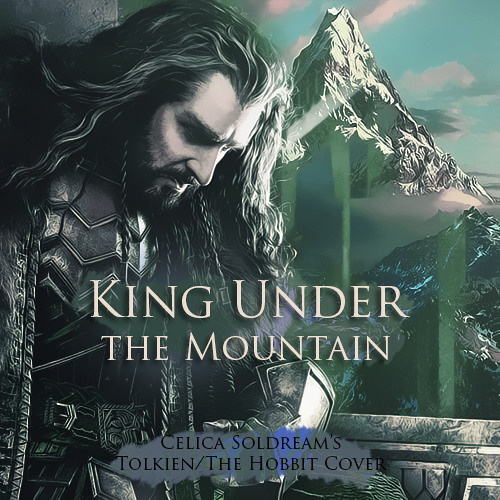

The ‘ghost army’ remains beneath the Haunted Mountain until Aragorn calls them to his aid. Only fulfilling their oath to him (or his heir) would break the curse. Isildur cursed the men for not coming to his aid as promised. Tolkien used a variant of the sleeping army when he created the Dead Men of Dunharrow. Instead, they rest until their nation needs them. But that’s not always the case with the King in the Mountain story. Rather than just marching about, the sleeping army awaits a signal their return is needed. The stories never really explain how or why the hero and his army end up in the hidden location.īaughman says the soldiers are killed in battle and they emerge from their graves. It’s slightly different when combined with the King in the Mountain trope. It refers to “oldiers killed in battle come forth on occasions from their resting place and march about or send their leader to do so” (1966: 186). Baughman categorises the sleeping army as motif E502. Here, we see a crossover with the ‘Sleeping Army’ story type.Įrnest W. Sometimes the hero is not alone, and his whole retinue sleeps in the same place. In these variations, no one wants the villain to return. Even horror films like The Mummy play with this idea, with Imhotep waiting to be awakened by a magic spell. Or the Norse legend of Loki, imprisoned until Ragnarok. Lovecraft’s Cthulu mythos riffs on this idea, with the Elder Gods poised and ready to return. You sometimes find the tale has a villain instead of a hero. Ravens are a common omen for a hero’s return. Sometimes he ages rapidly, or even dies after telling someone his fantastical tale.


And again, Random gets expelled from the chamber. He asks something cryptic, and based on Random’s answer, decides it’s not yet time for him to return. In the second version, the hero actually speaks to Random. No matter how hard he tries, he can’t get back in. Random then finds himself back outside the hidden chamber. When he fails, the hero can’t emerge from his slumber. In one version, Random finds a puzzle to solve. Variations on a themeĪt this point, one of two things generally happens. We’ll call this ‘someone’ Random, just to make things easier. No one knows he is there until someone wanders in for some other reason and finds him. The hero often has some kind of military background, and he’s usually related to the history of the nation where he rests. We’ll cover the Wild Hunt in a future article! There are worse places to spend eternity… Image by Free-Photos from PixabayĮdwin Sidney Hartland points out that the hero is “sometimes believed to be hidden beneath the hills, at other times in a far-off land, or from time to time traversing the world with his band of attendants as the Wild Hunt” (2012 : 233). Basically, somewhere he won’t be disturbed until his nation needs him. He’s often in a cave, on an island, or in some kind of underground chamber. He didn’t die (it’s pretty much always a he), he’s just sleeping. In its most general form, a legendary hero rests in some remote location. It’s considered folktale type 766 in the Antti Aarne and Stith Thompson system. Listen to What Is The King In The Mountain Folklore Trope? byIcy Sedgwick on hearthis.at What is the legend? As ever, click below to listen to the podcast episode of this post. And we’ll also look at why it seems so popular. We’re going to look at what the motif is, and check out a variation of it. That’s just a tiny sample because many nations have their own version of the legend.

Famous examples of ‘sleeping kings’ include Arthur, Ogier the Dane, St.


 0 kommentar(er)
0 kommentar(er)
